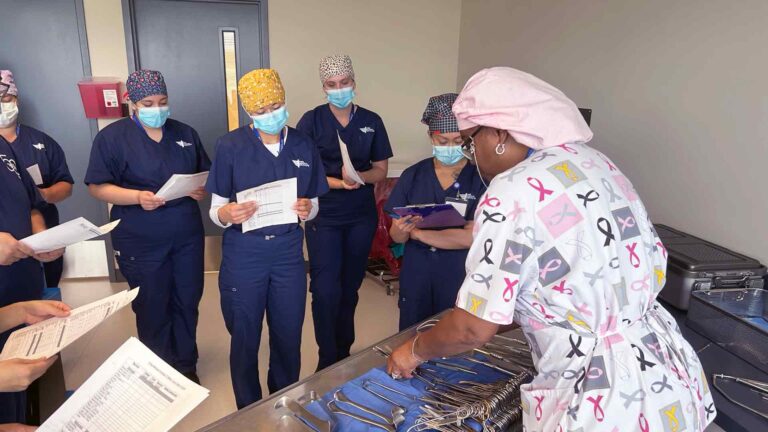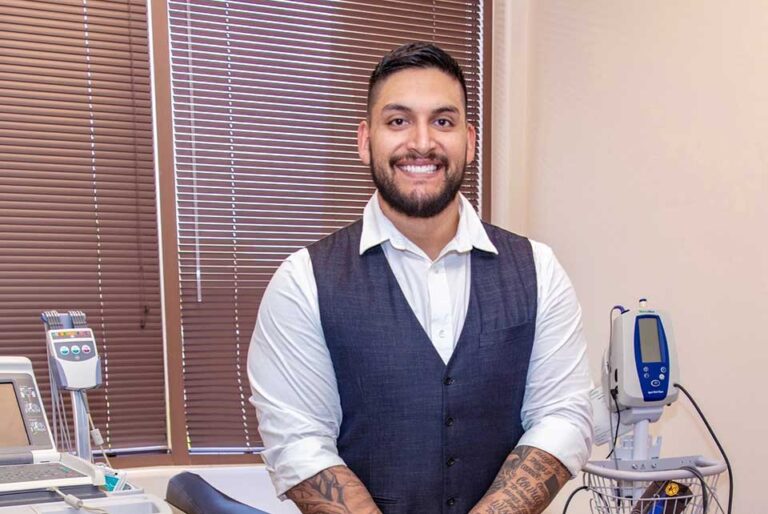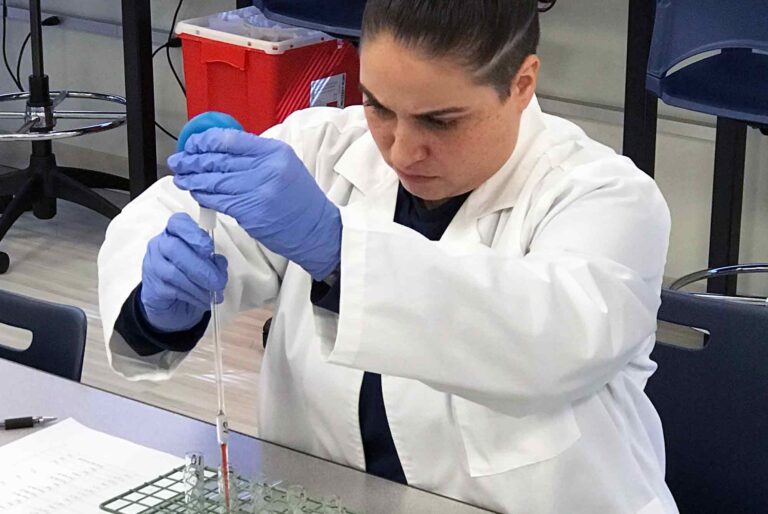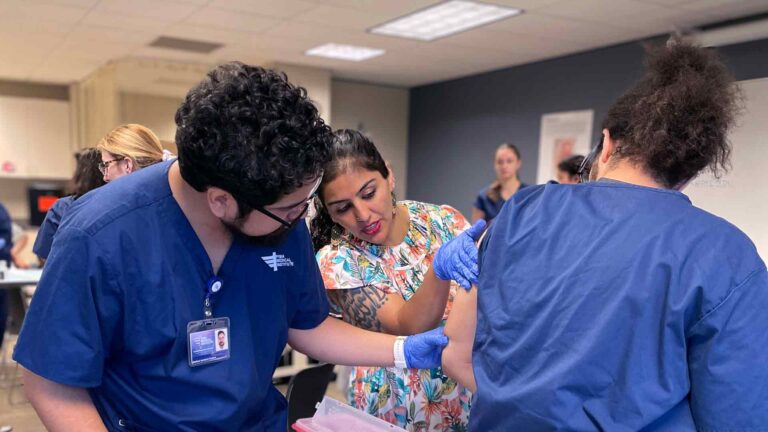Home / Why Pima Medical / Blog







Request more information here and a member of our team will get back to you as soon as possible to answer your questions and talk you through the process of enrolling in our programs. Or give us a call at (800) 477-7462
Follow your passion for a career in healthcare and make a difference.